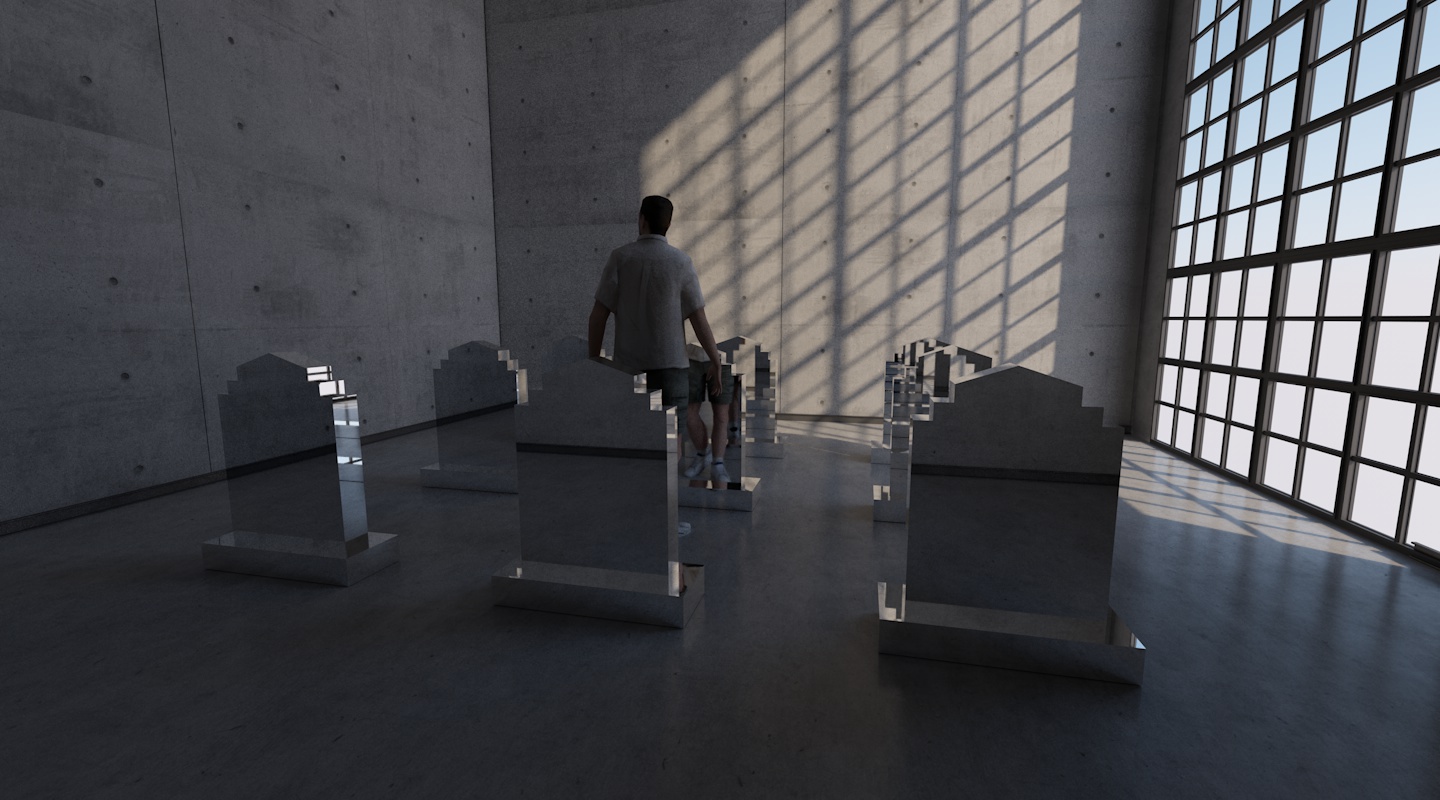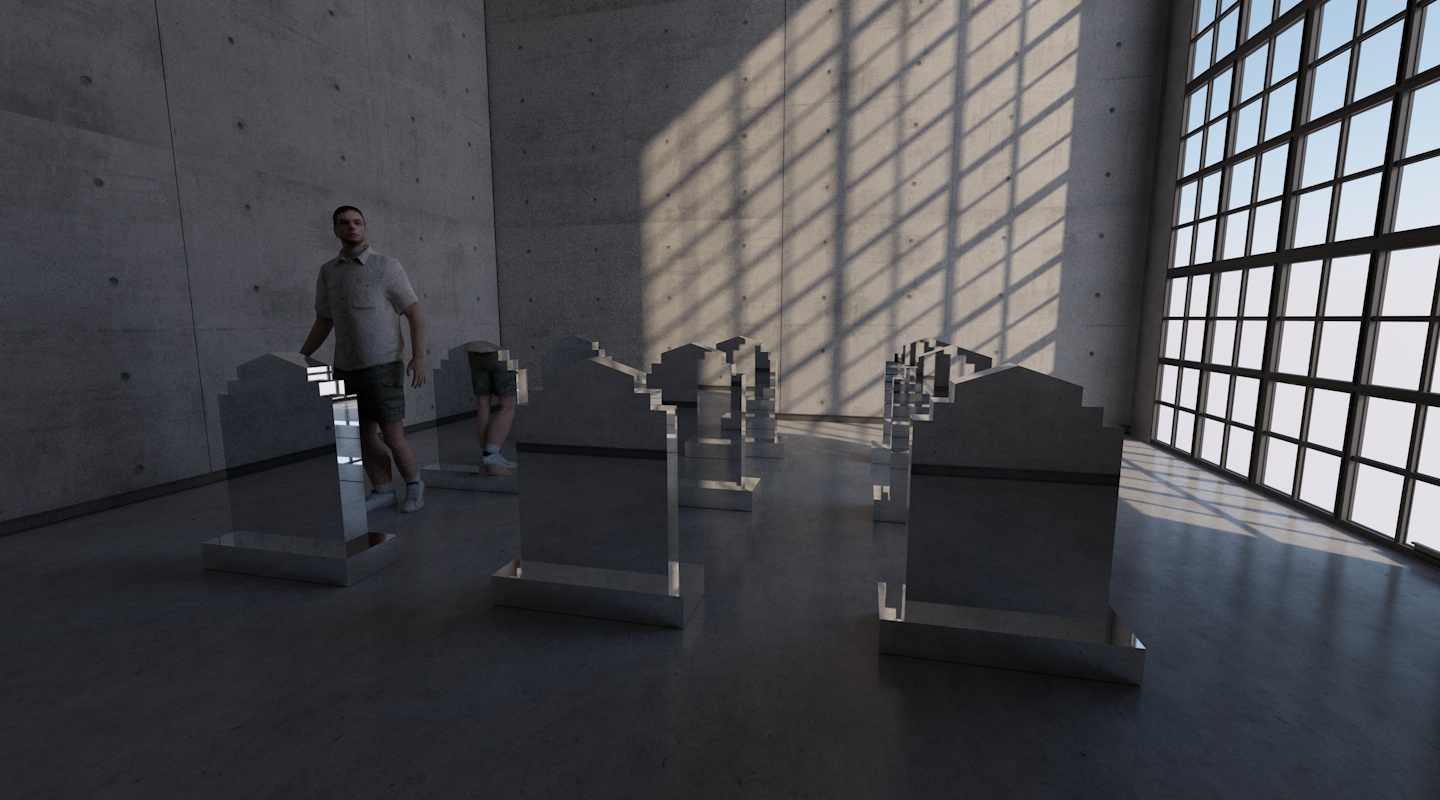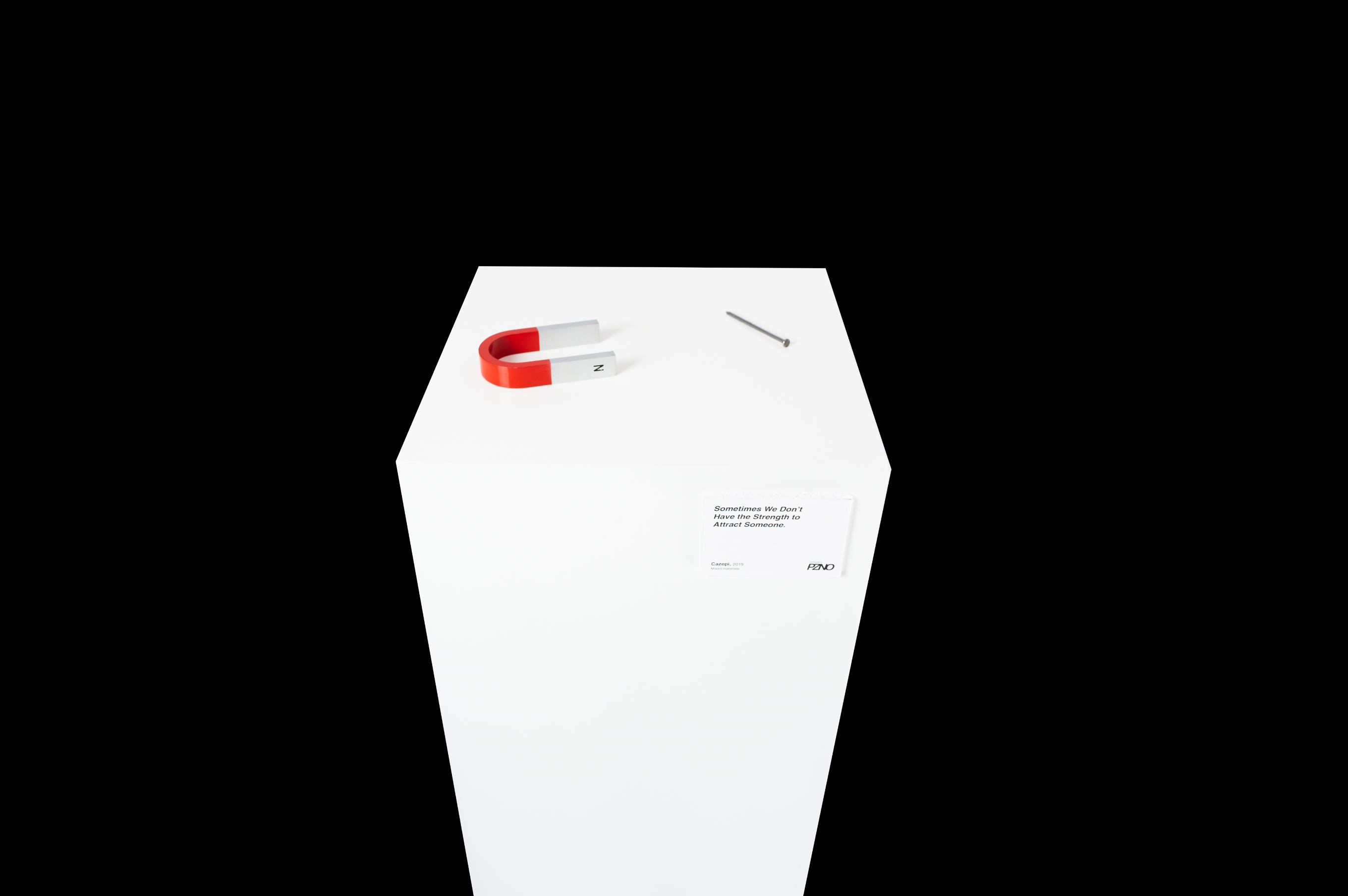





Reconcilio, 20XX.
In a lecture (1961), Heidegger was asked how we might recover our authenticity; he replied that we should simply aim to 'spend more time in graveyards.'
There are two main pillars of the project. The first would be the physical and psychological implications of a strong experience with the concept of death, as proof exists that these can reframe how we perceive reality. Psychoanalyst Jacques Lacan spoke of the effects of these experiences on people through the idea of The Real. He said that it was not the act as such, but rather its impact on our psyche. To experience 'awe' has almost the same effect: Being at the top of a mountain or at night while gazing upon the millions of stars through the sky; a change in our perspective in relation to our agency in nature.
The second one is that, through an analysis of language, there's evidence of cultural-linguistic baggage, which gives a negative connotation to everything related to the concept of death. This way of thinking is something that we have been dragging since the Cartesian thought, reasoning through binary opposites: Thinking that one word is worth more than another. In this case, we deprive ourselves of a broader reflection of being by denying the natural relationship of death and life, as, in the end, one exists because of the other.
The project consists of a single or multiple sculptures: Stylized gravestones with a mirror coating. Presented as a monument and an emulation of the cemetery's aesthetic environment.
68cm x 96cm x 20cm
Compendium on the subject of ideas.
A compendium of relevant information for the integral practice of design. Project carried out in PAD Jalisco: A space for the promotion of emerging design trends developed by the Headquarters of Multidisciplinary and Design of the Secretariat of Culture of the government of Jalisco.
Terminal Education:
https://medium.com/@letsart/terminal-education-entry-08-ideas-2537370fad5b
Parábola de la Inocencia, 20XX.
As we grow up, our language permeates the sociocultural blanket in which we live. We reach a point where we think we understand what we believe and express, but language is more complex than it seems. There are concepts whose semiotics can be read without problem; a chocolate chip cookie will always be a cookie. Searching for new meaning in a different context makes no sense since we have reached an agreement to have a clear vision of it. Even so, we cannot rule out that this concept may vary depending on how we perceive it due to the different instances where it has been presented to us; a prize, satisfaction with a glass of milk, a memory of the family pastry, and so on. But what happens when this linguistic agreement affects our interaction with the environment? The guard, the museum space, the pedestal, the composition of light, the lasers, and the alarm; these elements raise the prohibited or beyond our reach. But in this situation, the same space contradicts the reading... On the pedestal, a plate full of cookies, and above, a sign: "Free cookies, please take one." At first, the interactions evoked a feeling of fear. Each filter was a catalyst; Is the laser going to burn me? Will they get me out if the alarm goes off? Is the guard going to hit me? Issues arise even when the instruction on the sign is explicit. After a while, that person who read out of the instance arrived and, like a child, walked through the filters to take what was his. More of these people came, and the cookies and the ideas spread through social recognition. Seeing them, the first-timers returned to the point of conflict and entered into a new dialogue with the situation. Leaving the agreement behind and thus claiming what they were never denied.
Press:
Lo mejor de PREMACO: Una nueva generación de artistas en el Bajío. Revista Código. https://revistacodigo.com/arte/premaco-bajio/
Thanks to @otroespacio.gdl and @independenciacentro for the opportunity, to @revista_codigo for the mention, and especially to @hiconstantino for the curatorship and the incredible text that brought this piece to life.
The Ghost Of Private Language: A Bewitchment of Modern Art.
Q--?
Why is it difficult to understand modern art?
Medium:
https://letsart.medium.com/the-ghost-of-private-language-a-bewitchment-of-modern-art-95816e0af236
Planoz, 20XX.
An art piece made in collaboration with @aureliano_mx for the exhibition #nochurchinthewild by @otroespacio.gdl
Close your eyes and picture a “photo exhibition” in your mind. You probably thought of a simple white room with pictures hanging on the walls. A photograph can convey a message by itself, nonetheless, there are other elements that influence the beholder's experience: Materials, light, position or depth, to say a few. We believe in creating an atmosphere around the artwork to enhance the ideas behind its discourse. For us, a picture will always be more than just a two-dimensional representation. The photo as an action, happened in a “real” space, a place where we can move in all directions. A space and time which disappears as we continue fluctuating through the present… Just like clouds, time, thirst or just like life itself: It all vanishes.
Sometimes We Don’t Have the Strenght to Attract Someone, 20XX.
“Candid Objects” as artistic experimets for Pez Nocturno.



Demo Reel Animations, 20XX.
A couple of 3D compositions for PZNO Creative Studio’s Demo Reel.
















